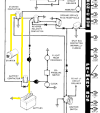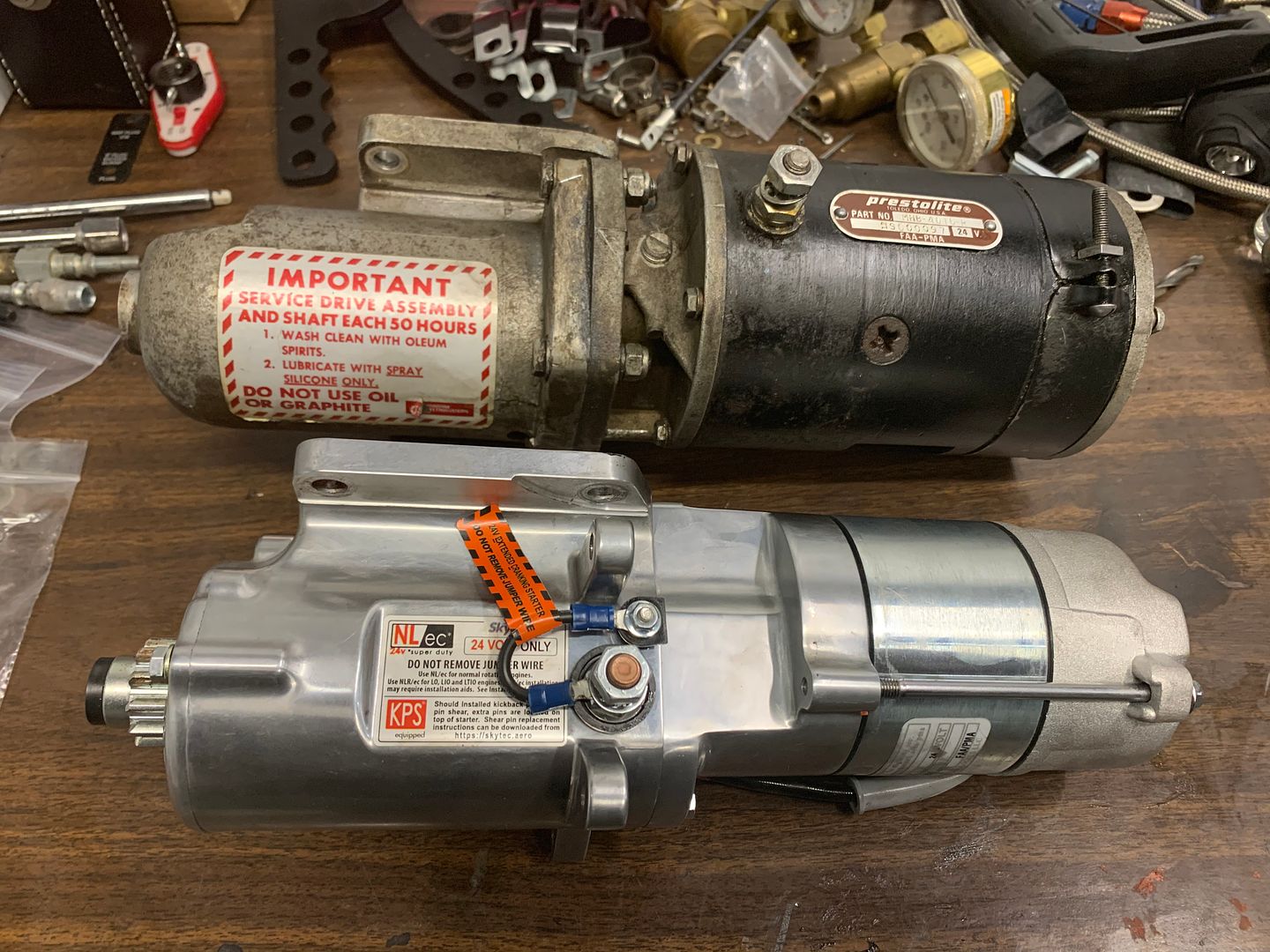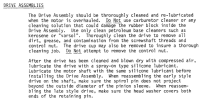II've had this plane for 2 years and since day one every time I started it acts like it's struggling. Initially I thought the battery was dying but I kept not replacing it and so I still have the same battery I talked to a mechanic and he said it's probably either a grounding issue or there's an AD on the battery cables.
It's the same with my Comanche. Starting it is a pain in the a**. Battery is good. Mags are good. Once it runs, it's just purring along but getting those three blades running is difficult. Maybe a Comanche thing?
The above two quotes would tell me that there are likely old, worn, or burnt master and/or starter contactors. There are a LOT of batteries and starters replaced because they don't seem up to the job, when the real problem is often a tired $40 contactor.
The starter current goes from the battery through both of those contactors. One can find the bad contactor by measuring a voltage drop across those big terminals while cranking. Voltmeter red test lead goes on the battery side of the contactor, black on the bus or starter side. Whatever voltage you see there should drop to zero when the starter is cranking. Might have to set the meter to 3 volts to get an accurate idea. If you see a drop of a volt or two, that contactor is definitely shot, and your starter current is heating the contactor contacts instead of feeding the starter enough energy.
I once started up a 182RG, and upon turning the key to the start position, the engine fired up but something didn’t seem right when I released the key from the start position. I immediately when mixture idle cutoff and shut down the mags and the master. My suspicions were confirmed when as soon as I turned the master switch back on the prop started turning! Turns out the relay arc’s and was stuck on engaging the starter, even when the key was out of the ignition.
That's what tired contactors do. Their contacts get rough from arcing, make resistance from that roughness and oxidation, and get hot enough to fuse together. Some will wear the contacts so badly that they mechanically mesh together and get stuck. They only have a light spring to disengage them.
Trace the circuit on this diagram from a Cessna POH. Other airplanes are built the same:

The yellow line is the path, from the battery to the starter, running through both the master (battery) and starter contactors (solenoids). Often neglected, too, are the battery and starter/engine airframe grounding. The current runs through those, too. Ohm's Law tells us that the tiniest resistance with large current flows will create big voltage drops.




